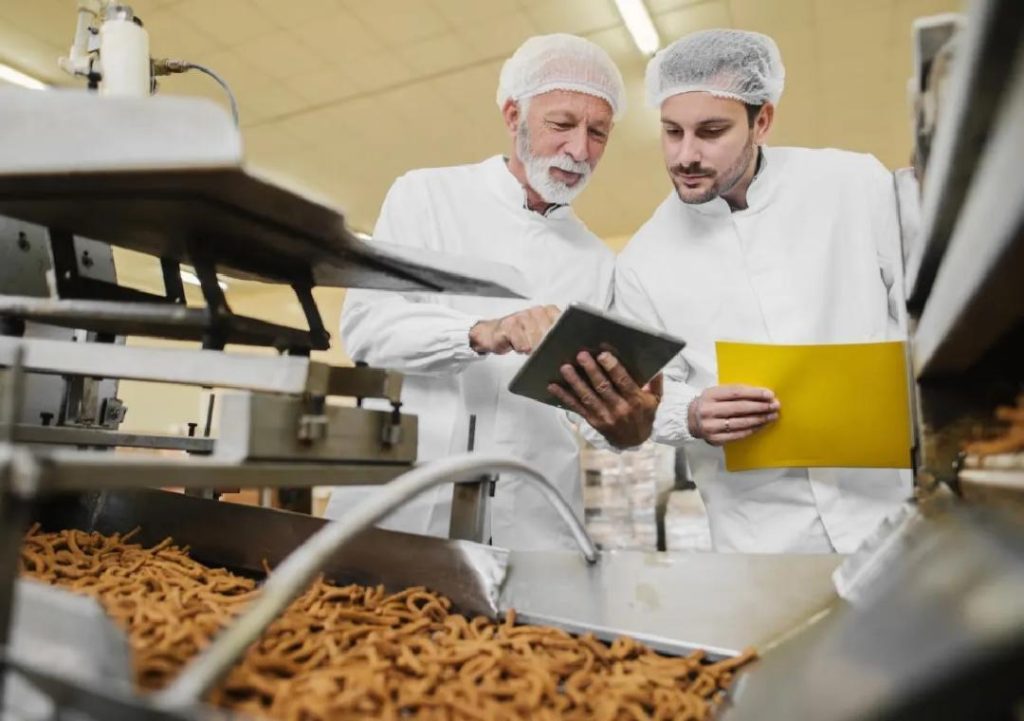
Can P&L Optimisation Redefine Success in Food Technology?
The food technology industry has witnessed a significant transformation in recent years, driven by advancements in automation, data analytics, and smart inventory systems. These innovations have enabled companies to streamline their profit and loss (P&L) operations, leading to improved profitability and sustainable growth. In this blog post, we’ll explore the impact of P&L optimisation on food technology companies and how it can redefine success in the industry.
The Challenges of P&L Operations in Food Technology
Food technology companies face unique challenges in managing their P&L operations. The industry is characterised by high-volume production, tight profit margins, and fluctuating demand. With the rise of e-commerce and online ordering, food technology businesses must now contend with complex supply chain logistics, inventory management, and demand forecasting.
Traditional P&L operations in the food technology industry often rely on manual processes, such as spreadsheets and paper-based systems. These approaches are prone to errors, lead to inefficiencies, and make it difficult to track profitability. Moreover, the lack of real-time data and visibility makes it challenging for businesses to make informed decisions, leading to wasted resources and missed opportunities.
The Benefits of P&L Optimisation
P&L optimisation in food technology involves the use of automation, smart inventory systems, and data analytics to streamline operations. By adopting these tools, companies can:
- Cut Waste: Automation and data analytics enable food technology businesses to identify and eliminate inefficiencies, reducing waste and minimising costs.
- Sharpen Demand Forecasting: Advanced analytics and machine learning algorithms can help companies accurately forecast demand, enabling them to adjust production and inventory levels accordingly.
- Support Better Decisions: Real-time data and visibility provide businesses with the insights they need to make informed decisions, ensuring that they’re always ahead of the competition.
Scalable Models for Sustainable Growth
To stay competitive in the food technology industry, businesses must adopt scalable models that support sustainable growth. P&L optimisation plays a critical role in achieving this goal by:
- Boosting Margins: By reducing waste and improving demand forecasting, companies can increase their margins and maintain profitability.
- Ensuring Sustainable Growth: Scalable models enable food technology businesses to adapt to changing market conditions, ensuring sustainable growth and competitiveness.
- Supporting Competitive Advantage: Companies that adopt P&L optimisation strategies can gain a competitive advantage, enabling them to outperform their peers and achieve long-term success.
Case Studies: Success Stories in P&L Optimisation
Several food technology companies have successfully implemented P&L optimisation strategies, achieving significant improvements in profitability and growth. Here are a few case studies:
- Company X: A leading food manufacturer implemented an automated inventory management system, reducing inventory levels by 20% and increasing productivity by 15%.
- Company Y: A food processing company adopted advanced analytics and machine learning algorithms to improve demand forecasting, reducing inventory waste by 30% and increasing sales by 20%.
- Company Z: A food delivery platform integrated real-time data analytics and automation to streamline its P&L operations, reducing costs by 25% and increasing customer satisfaction by 15%.
Conclusion
P&L optimisation is no longer a luxury, but a necessity for food technology companies seeking to redefine success in the industry. By streamlining operations with automation, smart inventory systems, and data analytics, businesses can cut waste, sharpen demand forecasting, and support better decisions. Adopting scalable models and leveraging the benefits of P&L optimisation can lead to improved profitability, sustainable growth, and competitiveness in the industry.
Source:
https://www.growthjockey.com/blogs/p-and-l-operations-in-food-tech
Note: The article is based on the information provided at the given news URL and is intended to provide general information only.






